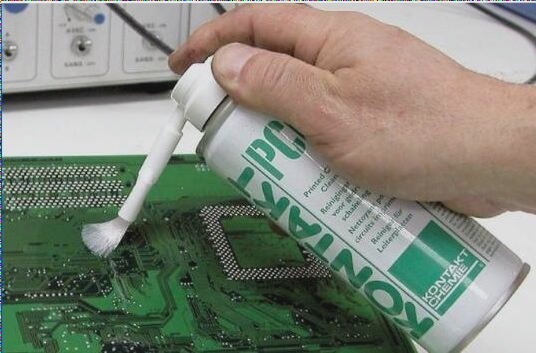Circuit Board Silkscreen Printing: Enhancing PCB Manufacturing Process
The Role of Silkscreen Layer in PCB Fabrication
When it comes to PCB fabrication, circuit board silkscreen printing plays a crucial role. This process involves using screen printing technology to add component labels, serial numbers, and other essential information to the PCB.
Benefits of Circuit Board Screen Printing
- Identification of component installation position: Ensures accurate and standardized component placement, enhancing circuit reliability.
- Identification of the circuit board model: Quickly distinguishes between different PCB models, preventing incorrect usage.
- Improvement of appearance quality: Enhances the overall aesthetics of the circuit board, giving it a professional look.
- Simplification of debugging and troubleshooting: Provides key information for effective circuit analysis and fault detection.
- Provision of assembly guidance: Offers instructions for component assembly, improving accuracy and efficiency.
Types of Circuit Board Screen Printing
There are two primary types of circuit board screen printing:
- Screen Printing: Utilizes a screen printing machine for precise and uniform identification text and graphics.
- Spray Printing: Uses inkjet printing technology for colorful and flexible printing options.
Steps Involved in Silk Screen Printing Process
- Preparation Work: Designing silk screens, making screens, and preparing ink based on PCB requirements.
- Adjusting Printing Parameters: Fine-tuning screen tension, scraper pressure, and other settings for optimal printing quality.
- Screen Printing: Fixing the screen, applying ink, and controlling printing variables for even ink distribution on the PCB surface.
Drying and Curing in PCB Manufacturing
After the printing process in PCB manufacturing is completed, the ink undergoes drying and curing processes. These processes are crucial for ensuring the stability and durability of the printed patterns on the circuit board.
Drying and curing are typically achieved through the use of hot air or ultraviolet radiation. This step is essential to guarantee the effectiveness and visibility of the circuit, as well as to prevent external contaminants from compromising the integrity of the circuit.
If you want to learn more about PCB manufacturing and the importance of drying and curing processes, visit wellcircuits.com.
Enhance Your Business Efficiency with Well Circuits
- Discover how our solutions can help your business by contacting us today.
- Stay ahead in your industry by subscribing to our latest news updates.
- Contact our sales team to explore customized solutions tailored to your needs.
- Don’t miss out on critical updates – subscribe to our newsletter now.



